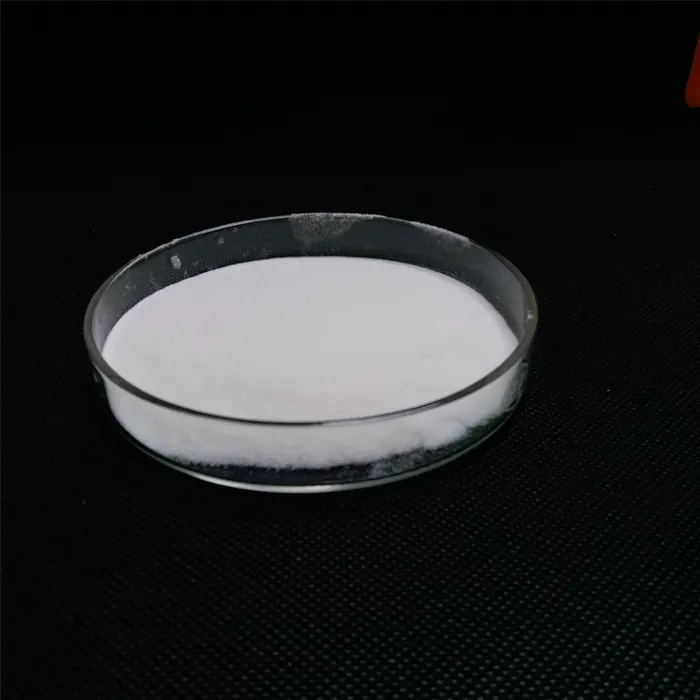APIs and Formulation in Pharmaceuticals Understanding the Essential Components of Drug Development
In the intricate world of pharmaceuticals, Active Pharmaceutical Ingredients (APIs) and formulation play pivotal roles in the development of effective therapeutic agents. Understanding these fundamental components is crucial for professionals engaged in drug development, regulatory affairs, and quality control.
Defining Active Pharmaceutical Ingredients (APIs)
APIs are the biologically active components in pharmaceutical formulations that provide therapeutic effects. They can be derived from natural sources or synthesized in laboratories through chemical processes. The quality, purity, and potency of an API are critical, as they directly impact the safety and efficacy of the final medicinal product.
The development of an API involves several stages including chemical synthesis, extraction, characterization, and stability testing. Regulatory agencies, such as the U.S. Food and Drug Administration (FDA) and the European Medicines Agency (EMA), impose stringent guidelines to ensure the quality of APIs. Manufacturers must follow Good Manufacturing Practices (GMP) to guarantee batch-to-batch consistency, limit contaminants, and ensure the stability of the API throughout its shelf life.
The Importance of Pharmaceutical Formulation
While APIs represent the active ingredients responsible for a drug's effects, formulation refers to how these ingredients are combined and delivered to patients. Pharmaceutical formulations must be designed to enhance the bioavailability of the API while ensuring stability, safety, and patient compliance. This includes considerations for dosage form (e.g., tablets, capsules, injectables), excipients, and delivery methods.
The choice of formulation directly affects the release profile of the API in the body. For instance, immediate-release formulations allow the API to dissolve quickly, providing rapid therapeutic effects, while controlled-release formulations gradually release the API over an extended period, improving patient adherence and minimizing side effects.
api and formulation in pharma

Key Factors in Formulation Development
Several factors are critical to the successful formulation of a pharmaceutical product
1. API Properties The chemical and physical properties of the API, including solubility, stability, and permeability, significantly influence formulation strategies. For instance, poorly soluble APIs may require special techniques, such as amorphous solid dispersions or nanocarriers, to enhance their bioavailability.
2. Excipients Excipients are inactive substances included in a formulation to aid in processing, stability, or patient acceptability. They can enhance solubility, protect the API from degradation, or improve the taste of oral tablets. The selection of excipients relies on compatibility with the API and regulatory guidelines governing their use.
3. Manufacturing Processes The method of manufacturing the final dosage form (e.g., granulation, coating, mixing) can impact the quality and effectiveness of the product. Innovative manufacturing techniques, such as continuous manufacturing and 3D printing, are gaining popularity for their ability to improve efficiency and scalability while maintaining quality.
4. Regulatory Compliance Formulation developers must navigate complex regulatory landscapes to ensure compliance with health authority guidelines. This includes conducting stability studies, bioequivalence studies, and extensive documentation to support new drug applications.
Conclusion
APIs and formulation are intertwined aspects of pharmaceutical development that determine the success of a therapeutic agent. As the field evolves with advances in technology and science, a deeper understanding of these components is essential for developing safe, effective, and high-quality pharmaceuticals. Ongoing research and innovation in formulation science will help address the challenges posed by complex diseases, ultimately leading to better patient outcomes in the healthcare landscape. The interplay between APIs and formulation will continue to be a dynamic area of focus in the pharmaceutical industry, driving improvements in drug design and delivery.

